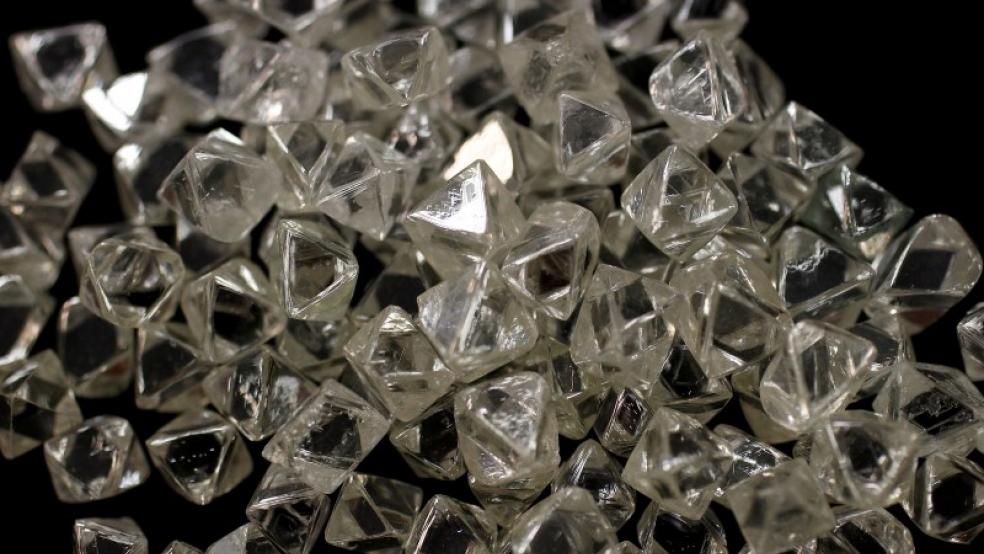One of the major problems of nuclear waste is that it is… well waste. A new development by a team of physicists and chemists at the University of Bristol may change all that. The group of scientists has developed a nuclear waste “battery” using a manmade diamond and nuclear waste. The battery works because the diamond generates an electrical current when placed in a radioactive field such as that generated by nuclear waste – or having the radioactive field placed inside the diamond.
Most electrical generation techniques involve using energy to move a magnet through a coil of wires generating an electrical current. That concept is the basis on which modern electrical generation is built. The new technology is different though, it allows energy to be generated simply by being placed near a radioactive source – that means no moving parts, no emissions generated, and very limited maintenance required. The only byproduct is electricity.
Related: Toyota works to develop advanced electric-car battery
The result of this development is that a battery can be made by taking one of these special diamonds and placing a tiny amount of nuclear waste inside it. The result then is a clean energy battery with hundreds or thousands of years of life, and no significant impact on the outside environment. For instance, using the battery type being developed in generation 2 of the tech, the battery would take 5,730 years to reach 50 percent power.
The prototype diamond battery used Nickel-63 as the radiation source, but the team is working on using carbon-14, a radioactive version of carbon in a new version of the battery. Carbon-14 is particularly useful because carbon is what diamonds (and coal) are made of. In this case, the Carbon-14 is a nuclear power byproduct which can then be recycled through incorporation into a diamond to produce a nuclear-powered battery. The Carbon-14 is generated in graphite blocks used to moderate the reaction in nuclear power plants.
Though still in the prototype phase, the nuclear batteries are incredibly safe. Dr. Neil Fox one of the researchers on the team explained, “Carbon-14 was chosen as a source material because it emits a short-range radiation, which is quickly absorbed by any solid material. This would make it dangerous to ingest or touch with your naked skin, but safely held within diamond, no short-range radiation can escape. In fact, diamond is the hardest substance known to man, there is literally nothing we could use that could offer more protection.”
Fundamentally nuclear power is a great technology. The big problem with it from an economic standpoint is the enormous fixed cost upfront. Much of that cost comes from regulatory burdens, plus the cost of the numerous lawsuits filed by anti-nuclear advocates and NIMBY protestors. To the extent that the new technology can reduce those costs and concerns among the general public, it has huge potential.
Related: Here's the Big Problem With Tesla's New Solar Roof
The nuclear batteries never need to be cost effective on their own to manufacture – any nuclear power plant would gladly pay $100M to create these batteries if it eliminated their nuclear waste problem and saved them time and money in building the plant initially. In that sense then, the nuclear batteries are definitely something to cheer.
The technology is still in its infancy of course, but it has significant potential. Someday that 2 carat engagement ring, might also double as the power source for the lights at home!
This article originally appeared on OilPrice.com: Read more from OilPrice.com:
Winners And Losers Of The OPEC Deal




